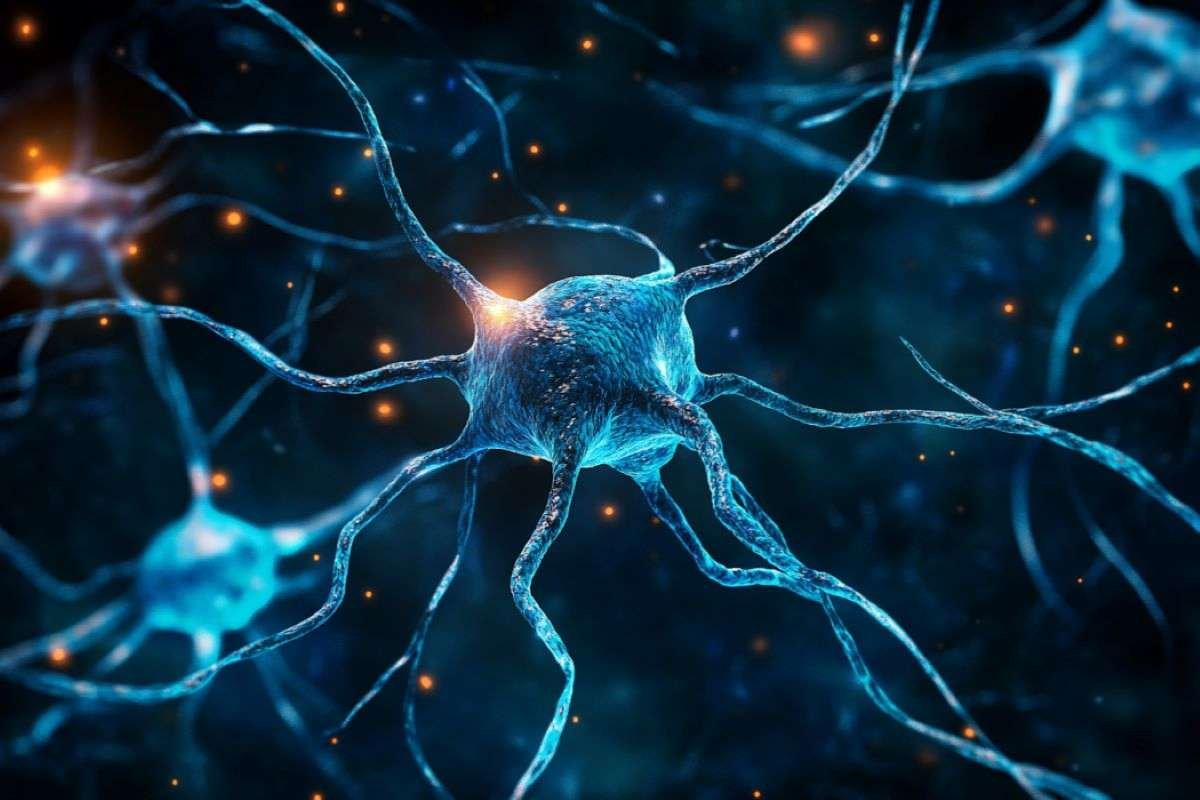In a historic discovery, scientists have successfully extracted and sequenced proteins from a 24-million-year-old rhinoceros tooth rhino fossil, making it the oldest protein ever recovered. Unearthed from the Haughton Crater on Devon Island in the Canadian Arctic, the specimen had remained untouched since the 1980s. A joint team from the University of Copenhagen’s Globe Institute and the Canadian Museum of Nature led the research, recently published in Nature.
The rhino fossil’s enamel—the hardest known vertebrate tissue—acted as a molecular safe, protecting fragile proteins for over two dozen million years. This leap exceeds the current survival limit of ancient DNA by a factor of ten, marking a new era in paleoproteomics. Compared to earlier protein extractions from 3.5-million-year-old camelids, this Arctic find sets a stunning new benchmark.
Inside the Discovery: What Scientists Found
Using a digestion-free, high-resolution method, researchers identified over 250 amino acids across seven enamel proteins including AMELX and ENAM—crucial in tooth development. The study confirmed that the rhino fossil belonged to Epiaceratherium, a now-extinct rhino genus from the Miocene epoch.
Lead author Ryan Paterson emphasized that the enamel’s dense mineral structure was key to such extraordinary preservation. Co-author Danielle Fraser highlighted the importance of this protein-based evidence in revising the evolutionary tree of rhinoceroses. It pushes back the timeline for understanding how these prehistoric giants evolved and diversified.
In a parallel study, proteins were also recovered from fossils in Kenya’s Turkana Basin, ranging from 1.5 to 18 million years old. The survival of proteins in such a hot, tropical climate suggests enamel’s durability could be global, not just Arctic-specific, though some scientists remain cautiously optimistic about preservation quality in harsher environments.
What This Means for the Future of Paleontology
This rhino fossil discovery is more than a singular feat—it sets the stage for molecular studies of ancient life far beyond the reach of DNA. Proteins, due to their relative stability, can now offer vital information about species’ sex, diet, and lineage even tens of millions of years later.
Experts believe this technique could eventually unlock protein sequences from the Mesozoic era, which includes dinosaurs. Enrico Cappellini of the University of Copenhagen sees this as a turning point, suggesting we may be within a decade of accessing biomolecular data from dinosaur fossils. Harvard’s Daniel Green echoes this sentiment, calling it a transformative step for paleogenetics.
As science dives deeper into Earth’s deep-time record, this landmark rhino fossil protein recovery proves that even the oldest fossils may still carry secrets, preserved not just in stone but in molecular memory.
Visit The Lifesciences Magazine For The Most Recent Information.







